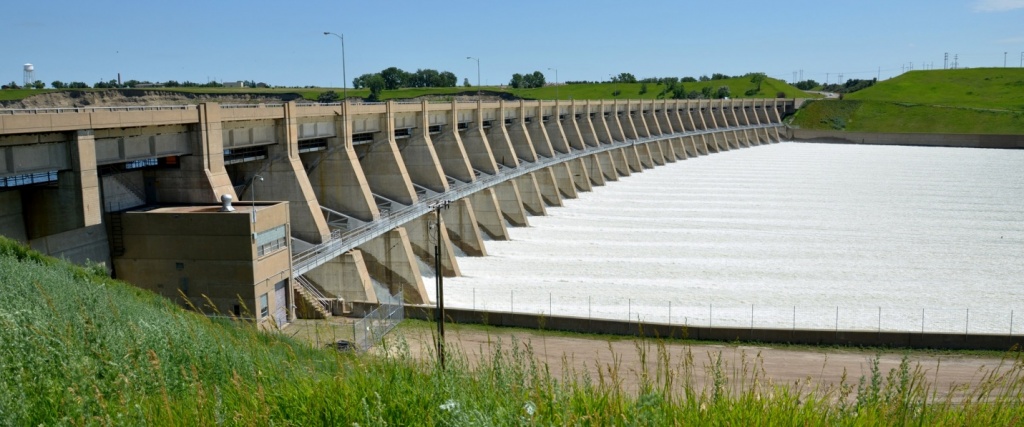This page describes various important roles that dams play in the United States. It is geared toward general audiences that wish to learn more about the purpose of dams and what impact they have in their lives and communities.
Dams pro vide a range of economic, environmental, and social benefits, including recreation, flood control, water supply, hydroelectric power, waste management, river navigation, and wildlife habitat.
vide a range of economic, environmental, and social benefits, including recreation, flood control, water supply, hydroelectric power, waste management, river navigation, and wildlife habitat.
- Recreation
Dams provide prime recreational facilities throughout the United States. Boating, skiing, camping, picnic areas, and boat launch facilities are all supported by dams.
- Flood Control
In addition to helping farmers, dams help prevent the loss of life and property caused by flooding. Flood control dams impound floodwaters and then either release them under control to the river below the dam or store or divert the water for other uses. For centuries, people have built dams to help control devastating floods.
- Water Storage (Fire & Farm Ponds)
Dams create reservoirs throughout the United States that supply water for many uses, including industrial, municipal, and agricultural.
- Irrigation
Ten percent of American cropland is irrigated using water stored behind dams. Thousands of jobs are tied to producing crops grown with irrigated water.
- Mine Tailings
There are more than 1,300 mine tailings impoundments in the United States that allow the mining and processing of coal and other vital minerals while protecting the environment.
- Electrical Generation
The United States is one of the largest producers of hydropower in the world, second only to Canada. Dams produce over 103,800 megawatts of renewable electricity and meet 8 to 12 percent of the Nation's power needs. Hydropower is considered clean because it does not contribute to global warming, air pollution, acid rain, or ozone depletion.
- Debris Control
In some instances, dams provide enhanced environmental protection, such as the retention of hazardous materials and detrimental sedimentation.
- Navigation
Dams and locks provide for a stable system of inland river transportation throughout the heartland of the Nation.

The Garrison Dam on Lake Sakakawea, North Dakota
Last Updated:
10/24/2016 - 09:00

